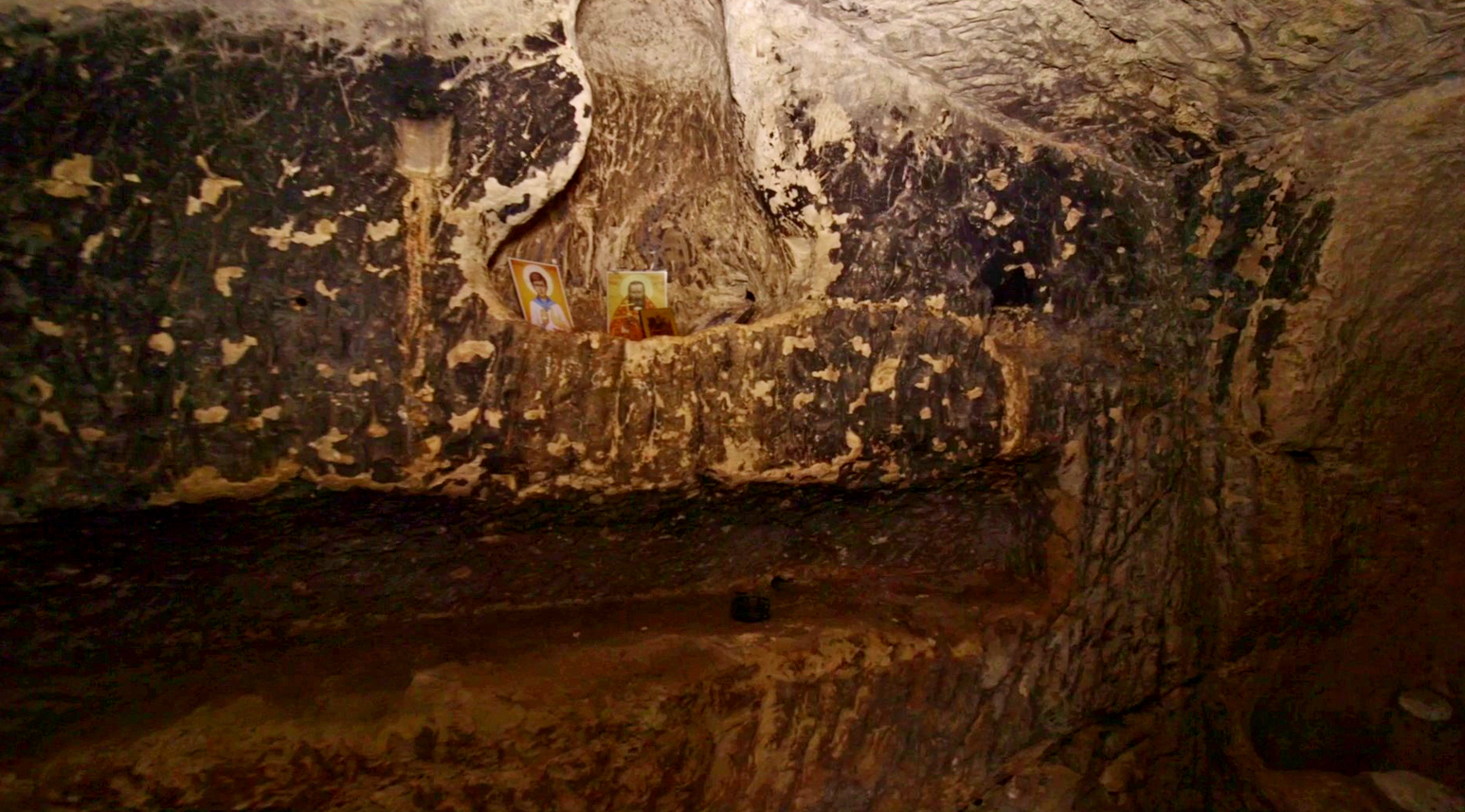A 2,000-year-old burial cave in Israel is continuing to stir debate. Who exactly was buried here? Was it one of Jesus’ female disciples, a woman said to have assisted at the birth of Christ, or an ancient Jewish princess related to one of the biggest bad guys of the Bible?
The Cave of Salome is found in the Judean Lowlands of south-central Israel. Described as “one of the largest and most magnificent burial estates ever discovered in Israel,” the site consists of a cave featuring two burial chambers and two additional chambers, surrounded by an entrance hall and a towering stone wall.
It was first fully excavated in the mid-1980s after it was brought to light by looters. The work revealed that it was a Jewish burial site in the Second Temple period (first century BCE to first century CE), but later repurposed and built upon over the centuries, most notably as a pilgrimage site in the Byzantine period (fifth to ninth centuries CE).
Dozens of inscriptions and engravings have been carved into the soft walls of the ancient grotto, most notably two Greek inscriptions that bear the name “Salome”. This is widely believed to be a clue about the person once buried here, but who were they?

The cave was used as a pilgrimage site for decades.
Image credit: Emil Aladjem / Israel Antiquities Authority
The challenge lies in the fact that many women named Salome appear in both biblical and historical sources from this period. By all accounts, it was a fairly common name at the time.
One Salome is mentioned in the apocryphal Gospel of James as an associate of the unnamed midwife present at Christ’s birth. Some scholars believe that this figure was either the sister or the cousin of Mary, the mother of Jesus.
Another is identified in the canonical Gospels as a follower of Jesus, present at the crucifixion and among those who discovered the empty tomb. In addition, a prominent historical figure named Salome appears in accounts of the Herodian royal dynasty, either as the sister or daughter of Herod the Great (yeah, that guy).
In a new study, archaeologists from the Israel Antiquities Authority argue that the last option is likely to be the case.
They propose that the size and splendour of the burial site suggest it was reserved for a person of extremely high social status, like, for instance, a close family member of King Herod. Furthermore, they use historical evidence to show how the sister of Herod the Great, called Salome, was closely connected to the local region of Idumea, where the cave is found.
“Given its scale and grandeur, we propose that it belonged to the royal family or, at the very least, to the highest elite of Second Temple period society. As we have shown, the region surrounding Salome Cave contains several luxury structures belonging to high-ranking individuals, and together with the exceptional opulence of the burial estate, a connection to the highest social echelon – the royal family – is proposed,” Nir-Shimshon Paran and Vladik Lifshits write in their paper.
“In our opinion, the accumulated data points to Herod’s family as the cave’s owner,” they conclude.
The study is published in ‘Atiqot, a journal of the Israel Antiquities Authority.
Source Link: Who Was Buried At Cave Of Salome: A Female Disciple, Jesus' Midwife, Or A Princess?